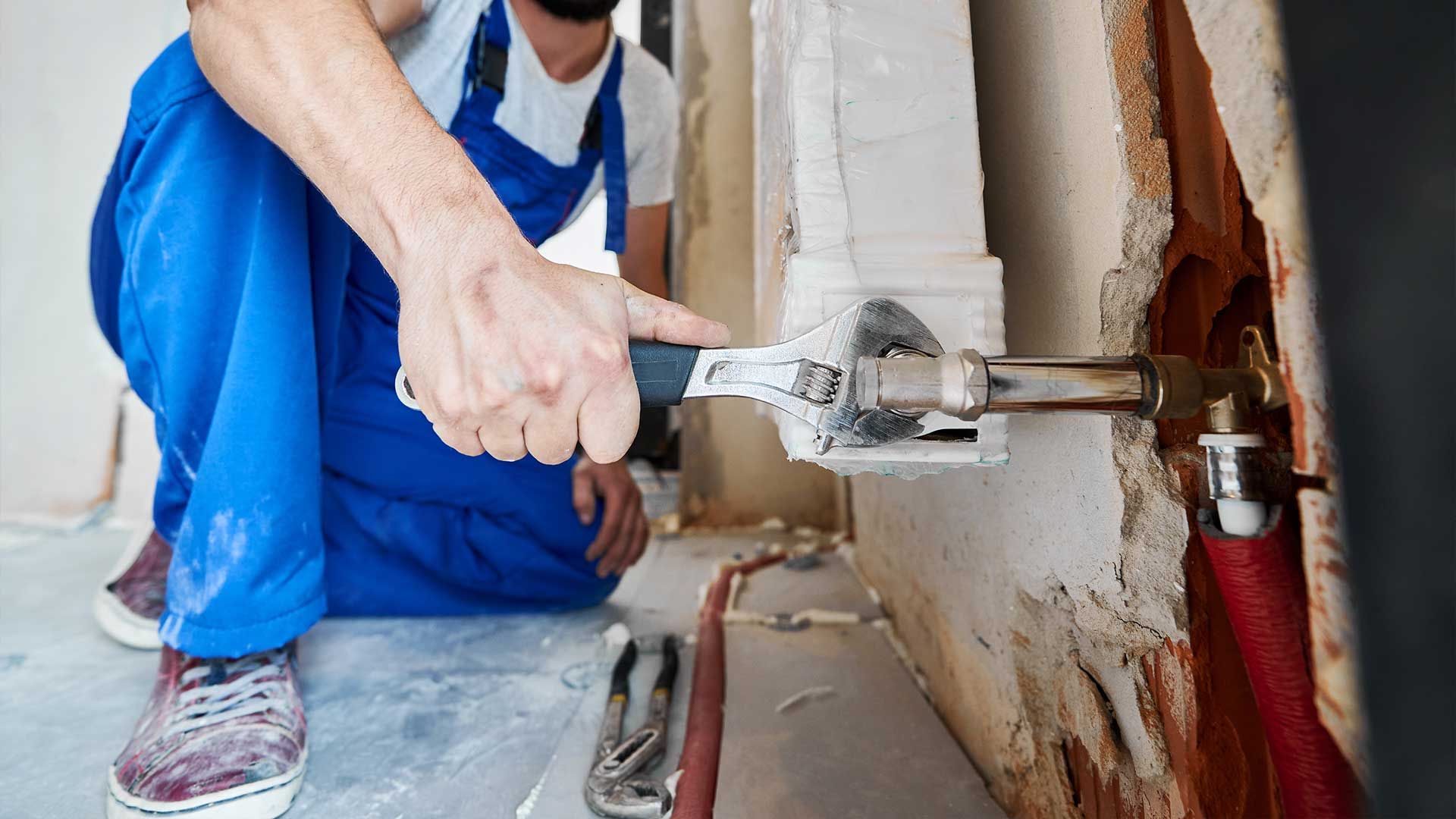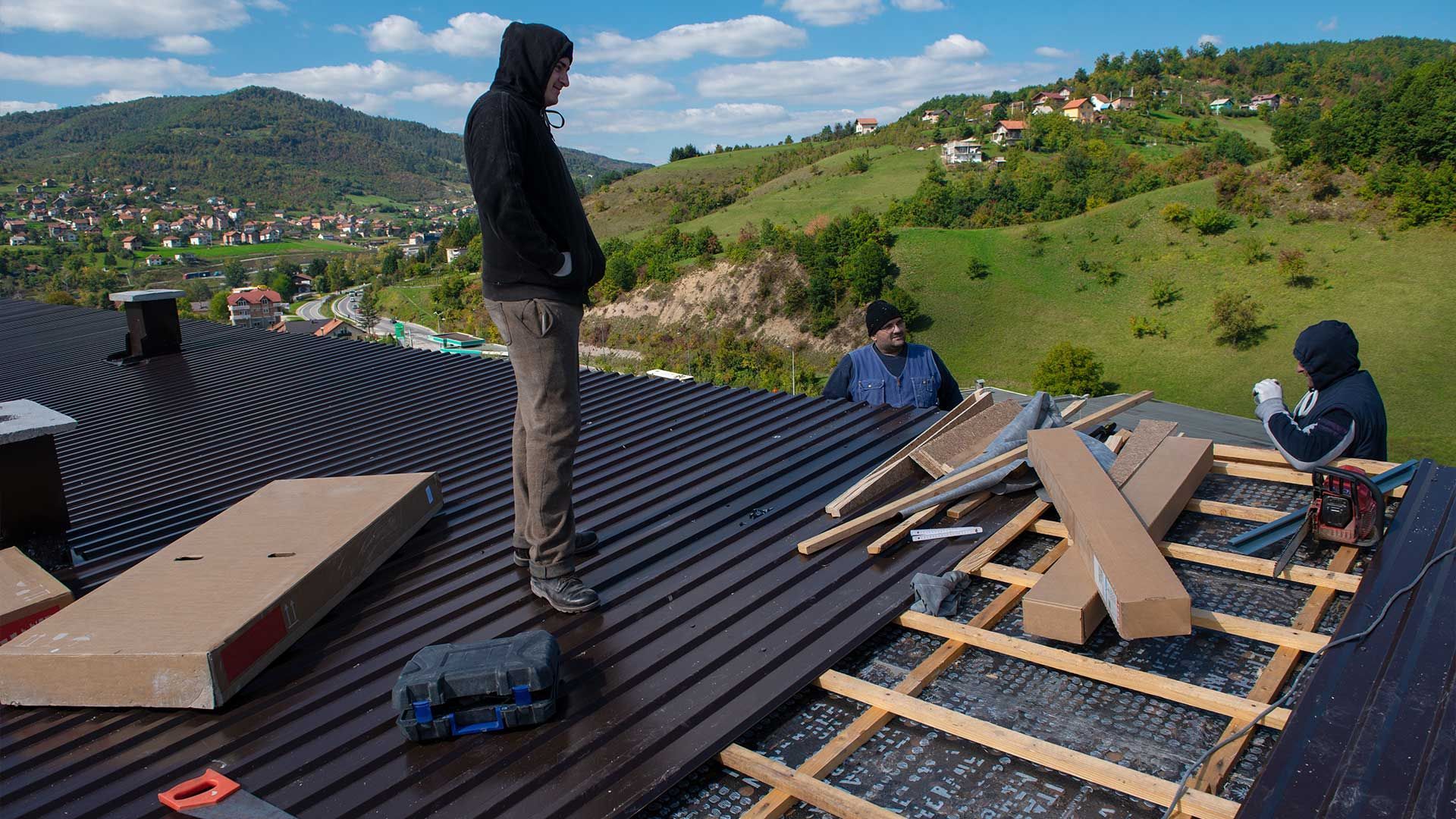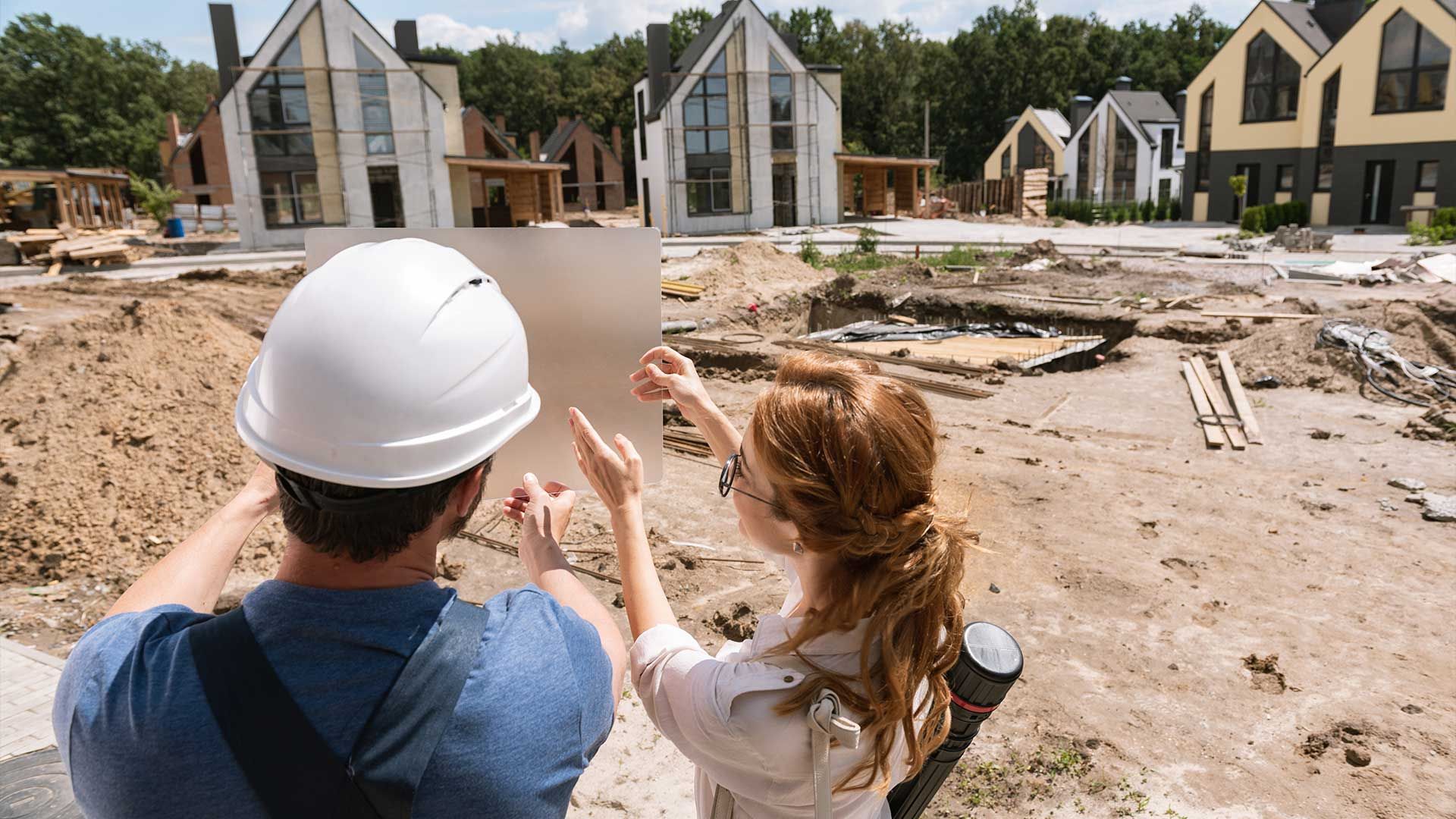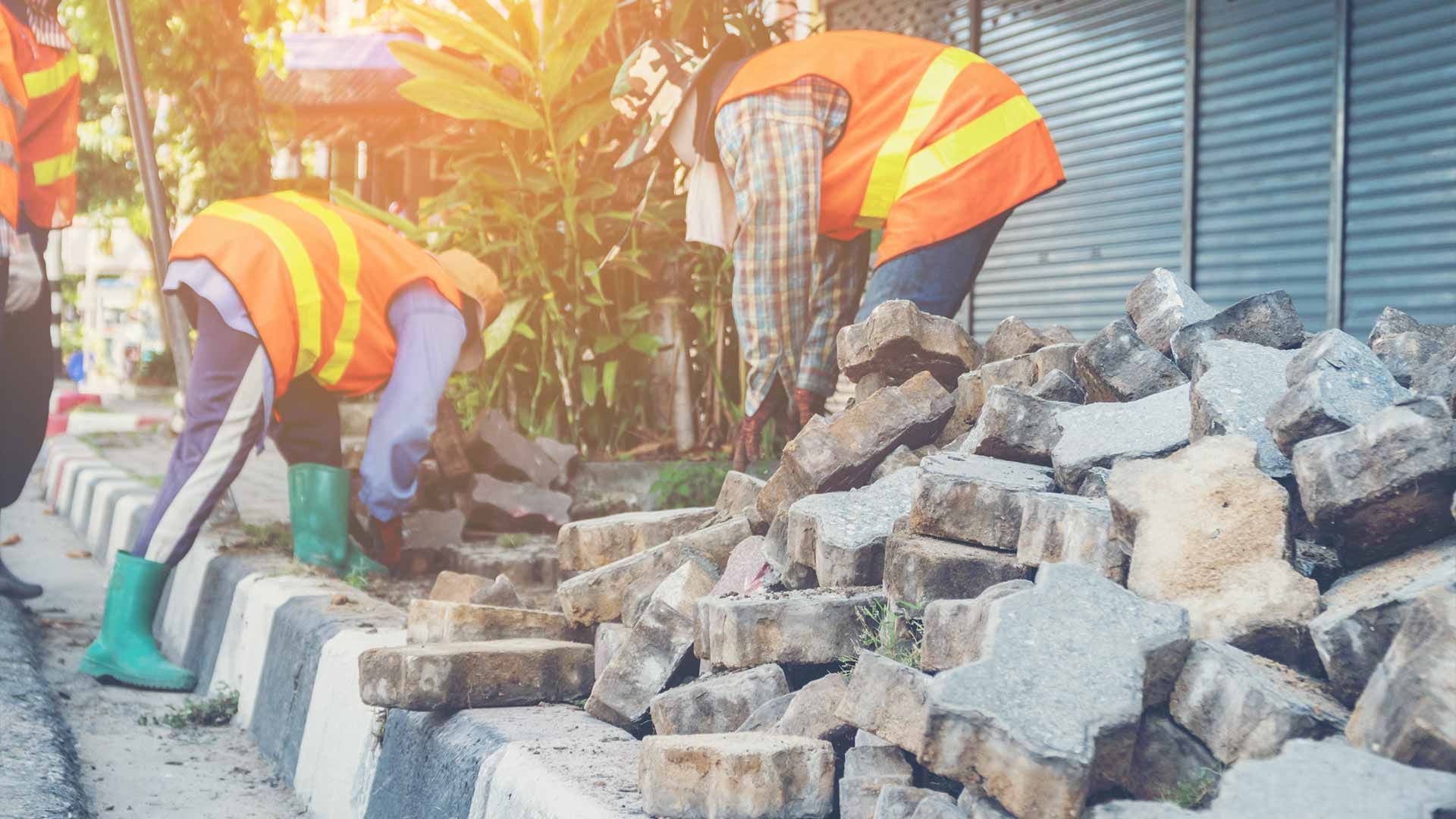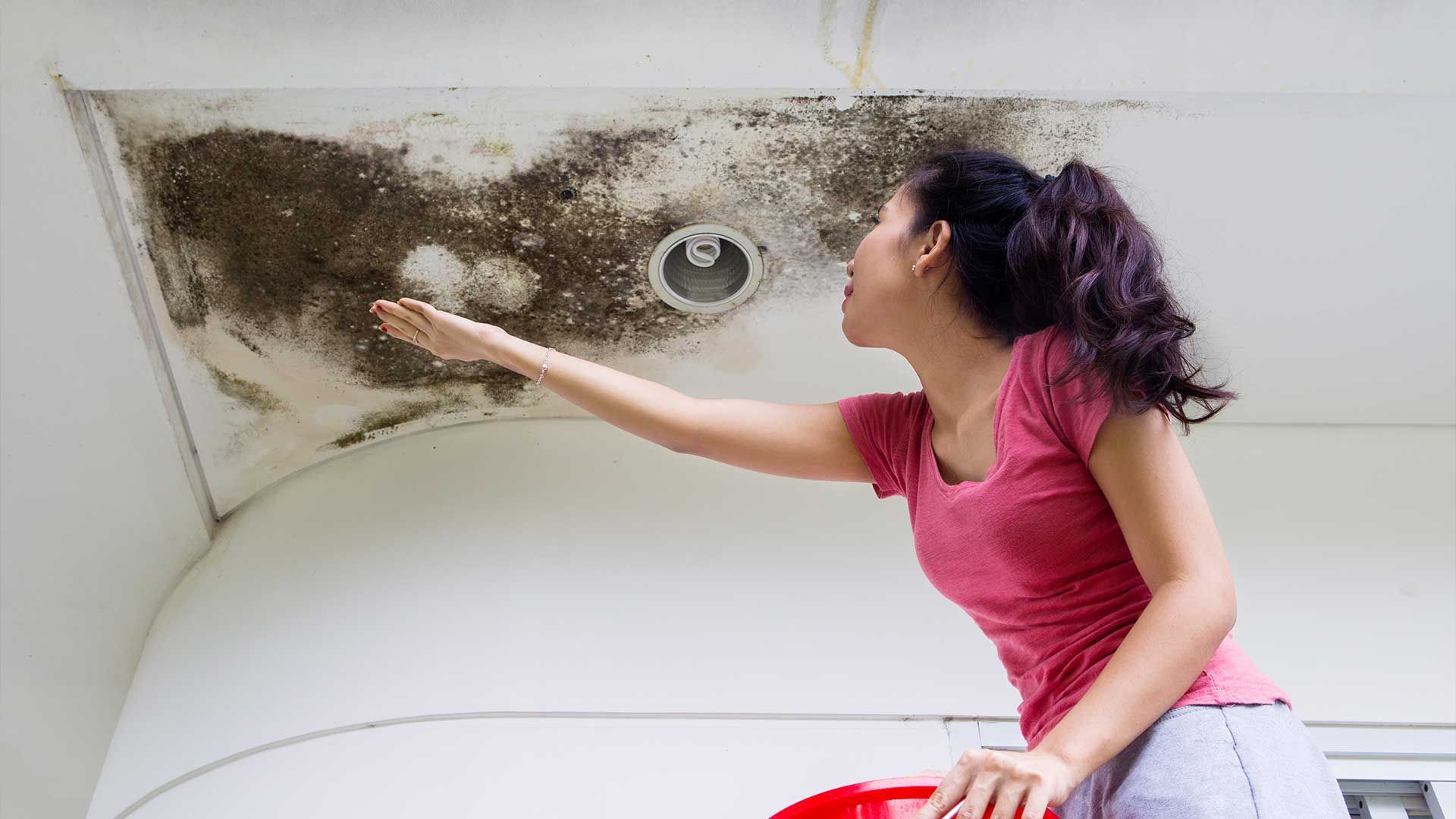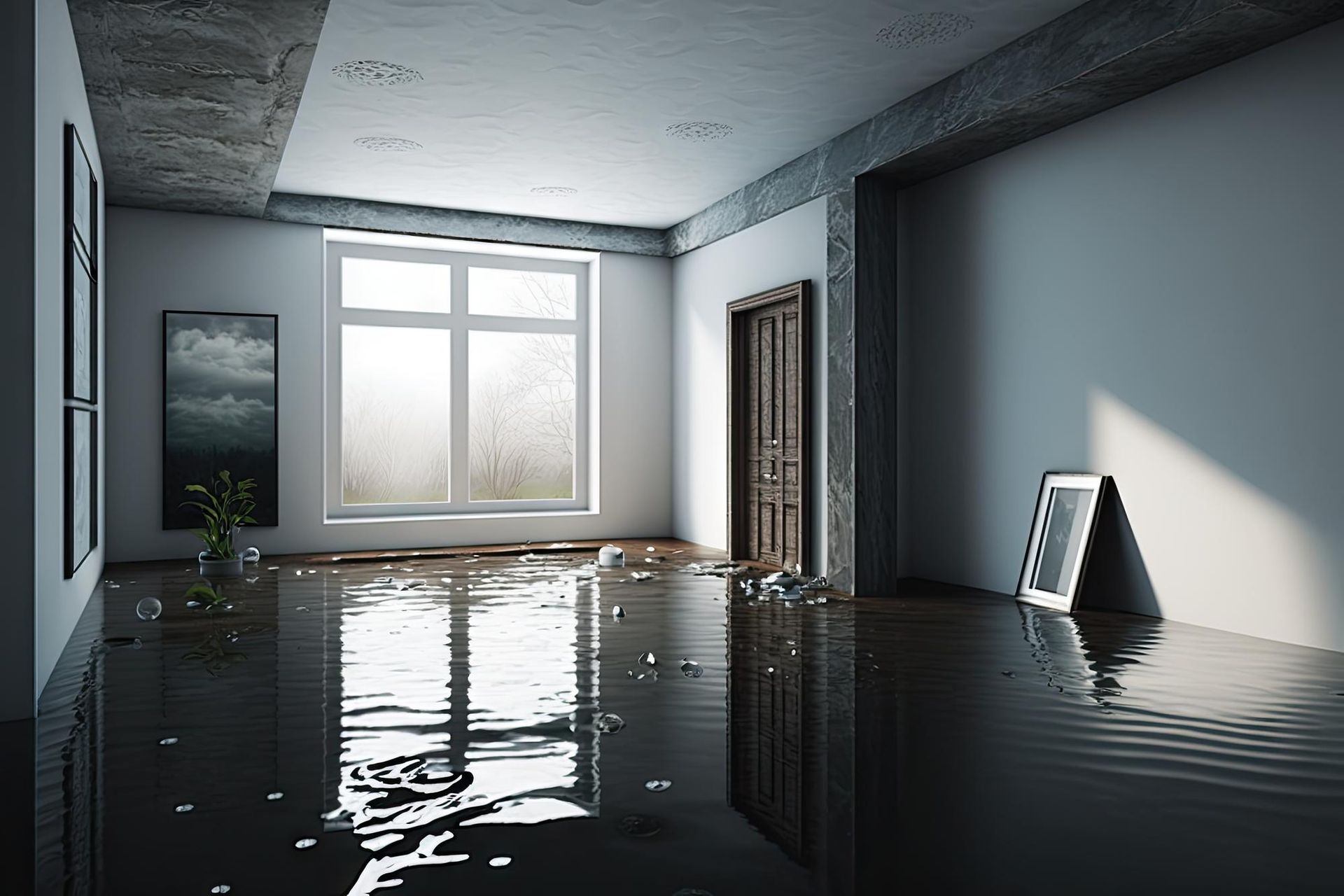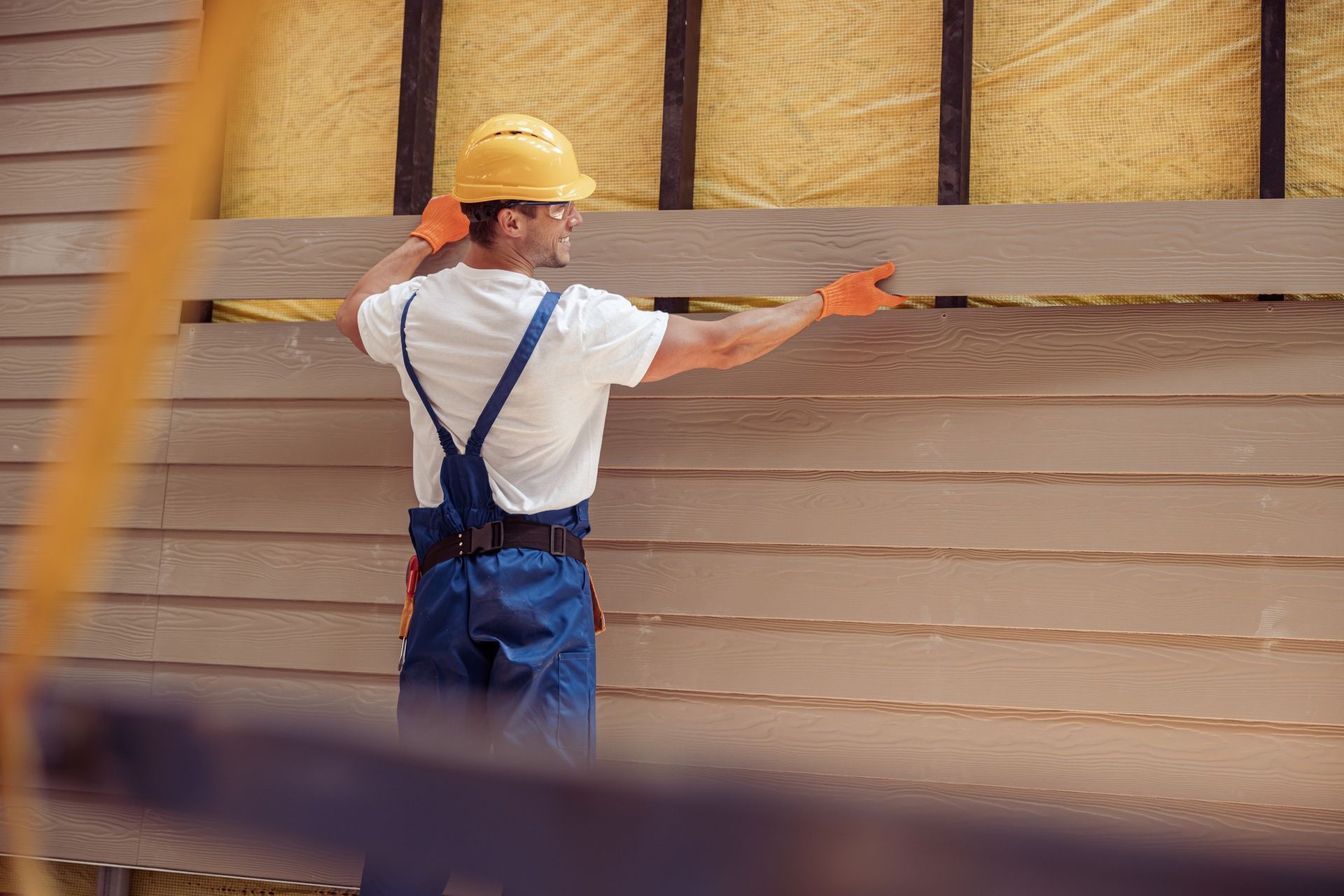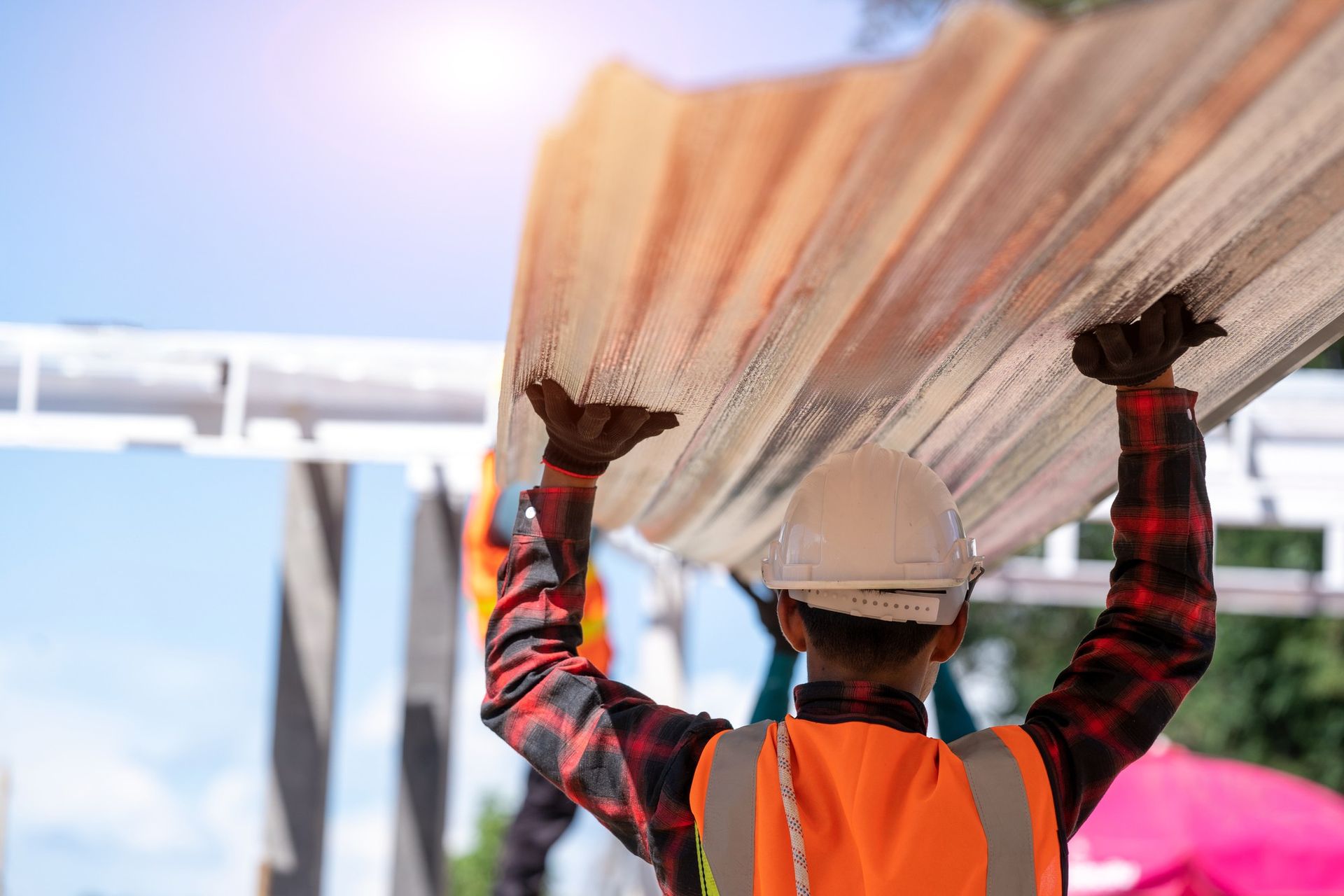Water Damage Repair: The Ultimate Guide to Effective Restoration
Water damage can be devastating for homeowners and businesses alike. Whether caused by floods, leaks, or plumbing issues, it is essential to address water damage promptly to prevent further structural damage, mold growth, and other health hazards. In this comprehensive guide, we will explore the best practices for water damage repair and provide you with the knowledge you need to effectively restore your property.
Section 1: Assessing the Damage
The first step in any water damage repair process is assessing the extent of the damage. This involves identifying the source of the water, determining the affected areas, and evaluating the severity of the damage. It is crucial to conduct a thorough inspection to ensure that no hidden water pockets or secondary issues are overlooked.
Section 2: Safety First
Before initiating any restoration work, it is essential to prioritize safety. Ensure that the electricity and gas supply to the affected area are turned off to avoid potential accidents. If the water damage is extensive or if there are structural concerns, it is advisable to seek professional assistance.
Section 3: Water Extraction
Once safety measures are in place, the next step is to remove the standing water. This can be achieved through various methods such as using pumps, wet/dry vacuums, or professional-grade water extraction equipment. The quicker the water is removed, the better the chances of minimizing further damage.
Section 4: Drying and Dehumidification
After water extraction, the affected area must be thoroughly dried to
prevent mold growth and structural damage. Utilize dehumidifiers, fans, and specialized drying equipment to eliminate excess moisture from the air and surfaces. It is crucial to monitor the moisture levels regularly and ensure complete drying before moving on to the restoration phase.
Section 5: Mold Prevention and Remediation
One of the most significant risks associated with water damage is mold growth. Mold can start developing within 24 to 48 hours in moist environments, posing serious health risks. To prevent mold growth, it is essential to address the issue promptly. If mold is already present, professional mold remediation may be necessary to ensure proper removal and prevent future outbreaks.
Section 6: Structural Repairs
Water damage can compromise the structural integrity of a building. It is crucial to identify and address any structural issues during the restoration process. This may involve repairing or replacing damaged drywall, flooring, insulation, and other structural components. In some cases, it might be necessary to consult a structural engineer or a professional contractor to ensure proper repairs.
Section 7: Salvaging and Cleaning Belongings
Water damage can also affect personal belongings such as furniture, electronics, documents, and sentimental items. Salvaging and cleaning these items require a delicate approach. Depending on the severity of the damage, some belongings may need professional restoration services. Prompt action and proper cleaning techniques can increase the chances of salvaging items affected by water damage.
Section 8: Insurance Claims and Documentation
If you have insurance coverage for water damage, it is important to document the damage and keep records of all restoration-related expenses. Take photographs or videos of the affected areas and damaged belongings as evidence for your insurance claim. Additionally, maintain a detailed record of all communication with your insurance provider to ensure a smooth and efficient claims process.
Section 9: Prevention Tips for Future Water Damage
Prevention is always better than restoration. Here are some essential tips to prevent future water damage:
Regularly inspect and maintain your plumbing system, including pipes, faucets, and appliances:
Conduct routine checks on your plumbing system to identify any signs of leaks, corrosion, or damage. Promptly repair or replace worn-out components to prevent water leaks that can lead to extensive damage.
Install water leak detection devices and automatic shut-off valves: These devices are designed to detect leaks and automatically shut off the water supply to prevent further damage. They provide an early warning system, allowing you to address leaks before they escalate into significant water damage issues.
Ensure proper drainage around your property and keep gutters clean:
Proper drainage prevents water from pooling near your foundation, which can lead to basement flooding or seepage into the structure. Regularly clean your gutters to prevent clogs and ensure that rainwater is directed away from your property through downspouts and drainage systems.
Maintain your roof in good condition and promptly repair any leaks: Inspect your roof regularly for damaged or missing shingles, deteriorating flashing, or any signs of leaks. A well-maintained roof prevents water from infiltrating your home, protecting the interior from water damage, including ceiling leaks and structural issues.
Insulate pipes in cold areas to prevent freezing and bursting: Pipes in unheated areas, such as attics, basements, or exterior walls, are prone to freezing during cold weather. Properly insulating these pipes with pipe sleeves or heat tape helps retain heat and prevent freezing, reducing the risk of pipe bursts and subsequent water damage.
Install a sump pump in your basement or low-lying areas prone to flooding: A sump pump is a valuable tool for areas susceptible to flooding. It automatically removes water from the sump pit, preventing basement flooding and water damage. Ensure that your sump pump is properly maintained and tested regularly.
Keep an eye on your water bill for any sudden increases that may indicate a hidden leak:
Monitor your water bill for unexpected spikes in usage, as this may be a sign of a hidden leak. Promptly investigate and address any unexplained increases to prevent further water damage and conserve water.
Be cautious when using appliances that produce moisture, such as washing machines and dishwashers: Properly maintain and inspect appliances that use water to ensure they are in good working condition. Check for leaks, loose connections, or worn-out hoses. Additionally, avoid overloading these appliances to prevent water overflow or malfunctions that can lead to water damage.
Know the location of your main water shut-off valve and how to use it in case of emergencies: Familiarize yourself with the location of the main water shut-off valve in your property. In the event of a sudden water emergency, such as a burst pipe, quickly shutting off the water supply can help minimize water damage until professional assistance arrives.
Educate yourself and your family members about water damage prevention and what to do in case of a water-related emergency: Share knowledge and establish protocols with your family members to respond effectively to water-related emergencies. Knowing how to quickly address leaks, shut off the water supply, and contact professionals for assistance can significantly mitigate the impact of water damage.
Conclusion
Water damage can be a significant challenge, but with the right knowledge and prompt action, effective restoration is possible. Assessing the damage, ensuring safety, removing water, drying the affected area, preventing and remediating mold, addressing structural repairs, salvaging belongings, handling insurance claims, and implementing prevention measures are key steps in the water damage repair process.
Remember, it is essential to act quickly to mitigate further damage and potential health risks associated with water damage. If the restoration process seems overwhelming, do not hesitate to seek professional assistance from water damage restoration experts who have the knowledge, experience, and specialized equipment to restore your property effectively.
By following the guidelines provided in this ultimate guide, you can significantly improve your chances of successful water damage repair and restoration. Stay proactive, stay informed, and prioritize safety to minimize the impact of water damage and protect your property for years to come.
